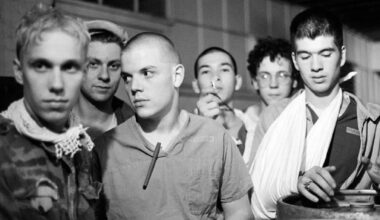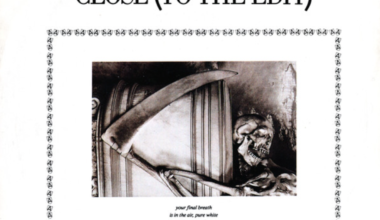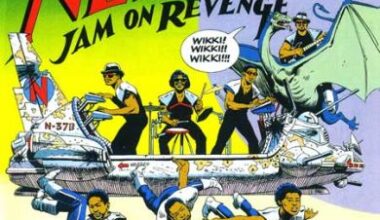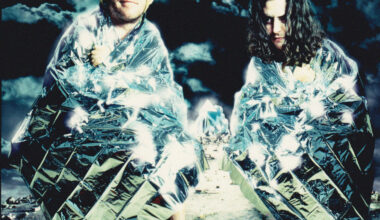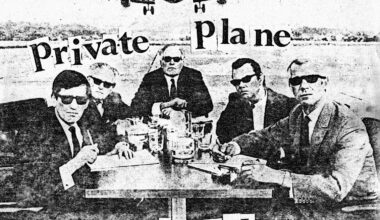Pete “Sonic Boom” Kember talks us through the making of Spacemen 3’s 1991 showstopper ‘Big City’
Want to read more?
Sign up to Electronic Sound Premium to gain access to every post, video, special offers, and more. 100%, all you can eat, no commitment, cancel any time.
Already a premium member? Log in here

